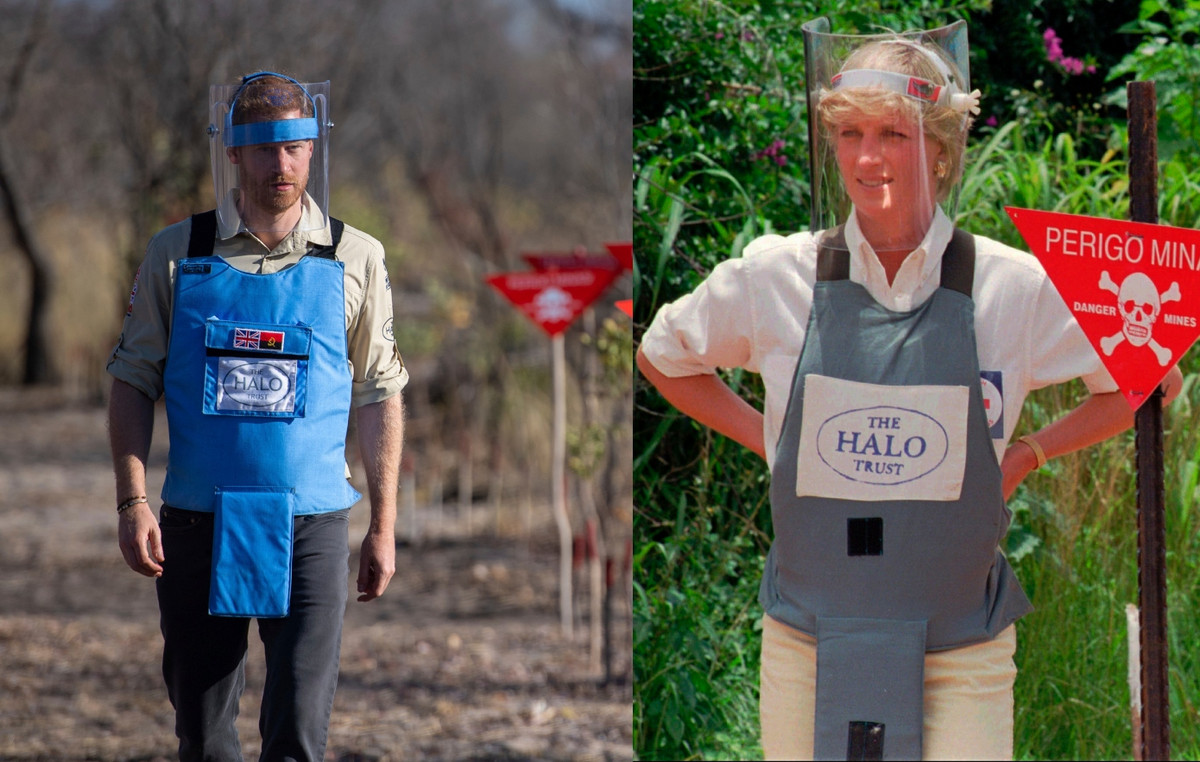The month of November is dedicated to awareness and awareness on the topic of male genital cancers, pathologies for years considered almost a taboo but for which, today, prevention and early diagnosis they are making a difference.
Precisely for this reason, like every year, the LILT – Italian League for the Fight against Tumors promotes an important awareness campaign focused on tumor pathologies of the male genital sphere.
From 23 to 30 November the provincial associations adhering to the initiative Blue Path – LILT for Men they will in fact be committed to spreading knowledge about these pathologies in order to foster awareness and invite every man to submit for free at control visits made available in the related clinics.(For more information: SOS LILT – 800-998877)
In addition to prostate cancer«exclusively» male neoplasms include the testicular cancer and the penile cancer. How to recognize and how to prevent these diseases? Here is some useful information disseminated by LILT experts.
Prostate cancer
The prostate one is the most widespread among male genital tumors and represents the third cause of death for men worldwide, 8% of total cancer deaths.
The incidence in Western countries is estimated to be over 55 new cases per 100,000 inhabitantsso much so that prostate cancer represents more than 20% of all cancers diagnosed after the age of 50.
How do you recognize it?
Despite in the initial stages this type of tumor is often asymptomaticthanks to the growing awareness in recent years of the dangers of the disease, today most prostate cancers is diagnosed earlywith a probability of 90% cure or ten-year coexistence with the disease.
As for the preventionlifestyle seems to be very important: in particular, a constant physical activity, reduction of body weight and balanced nutritionlow in fat and rich in fresh seasonal vegetables and fruit (especially yellow vegetables, tomatoes and peppers with antioxidant properties, substances rich in vitamins A, D, E and selenium) seem to be useful in reducing the risk of disease.
To count on an early diagnosis, visits of control are essential. Such visits should be performed once a year in subjects between 50 and 79 years of age or from the age of 40 where there is a family history of prostate cancer.
Testicular tumors
Epidemiologically, tumors of testicle instead they represent approx 1-3% of male neoplasms.
If on the one hand they are there most common form of cancer in people under the age of 45, on the other it is about tumors who have one curability of more than 90%.
How to recognize testicular cancer
According to LILT experts there is no real prevention program specific for these types of tumor although often the onset is marked by signals which can be recognized. The main ones to pay attention to are presence of a nodule, volume increase, swelling or a feeling of heaviness in the testicle.
For this reason it can be important too resort to testicular self-examinationa practice that should be observed from the age of 18, once a month and preferably after a hot bath, and yes based on one fast procedure composed by a few simple gestures.
Self-examination consists in fact of a simple circular movement that starts from the center and rotates all around the testicle, pressing lightly with the thumb, forefinger and middle finger to detect the possible formation of new lumps under the skin.
Penile cancer
Finally, among the male genital tumors there is the penile cancer which has a variable incidence from country to country. In Europe is considered a rare tumor, which does not even reach 1% of all cancers. Among the main risk factors for this type of cancer is the cigarette smoke and thepapillomavirus infection (HPV).
The most common form is the squamous cell carcinoma which originates from epidermal lining of the glans and from the inside of the foreskin.
How it manifests itself
As stated on the LILT websitethe most common symptoms can be a change in the appearance of the skin which may change color or become thin, forming nodulesmore or less painful superficial ulcer or plaques whitish or reddish e groin swelling (in advanced stages).
However, experts point out, none of these symptoms if taken singly, alone, is sufficient for a certain diagnosisas these are symptoms that could also result from benign pathologies. For this reason it is always essential consult a specialized doctor that can make an accurate diagnosis.
As for the preventionit is important to maintain good hygiene of the genital organs, avoid smoking but also protect yourself from sexually transmitted diseases, such as HIV or HPV.
The importance of correct information also for the youngest
Also this year the awareness campaign promoted by LILT therefore aims to promote thecorrect information and thehealth educationbasic elements in the prevention of male genital tumours.
“There prevention and early diagnosis cure more than 65% of cancer cases today and stepping up awareness campaigns we could get there already today to a curability above 85% – in fact explains the prof. Francesco Schittulli, president of LILT – However, despite scientific improvements over time, the alert level must still remain high in terms of raising awareness, especially towards young people, starting from the schools».
A cancer vaccine possible within 8 years according to the founders of BioNTech
Female cancers, the need to break a prejudice and support research
Early cancers on the rise among young adults: study reveals 14 cancer types on the rise worldwide and their risk factors
Source: Vanity Fair
I’m Susan Karen, a professional writer and editor at World Stock Market. I specialize in Entertainment news, writing stories that keep readers informed on all the latest developments in the industry. With over five years of experience in creating engaging content and copywriting for various media outlets, I have grown to become an invaluable asset to any team.







